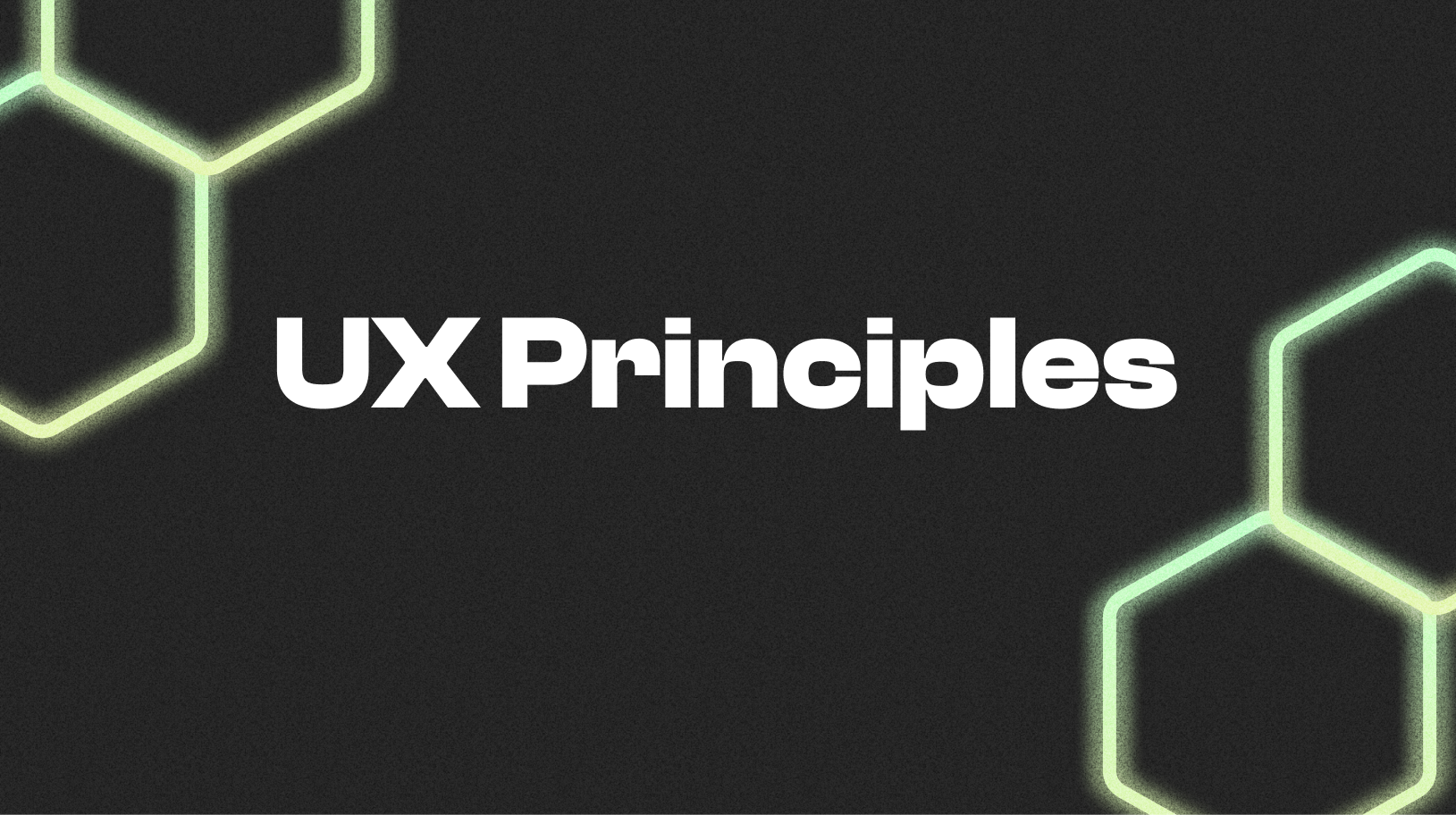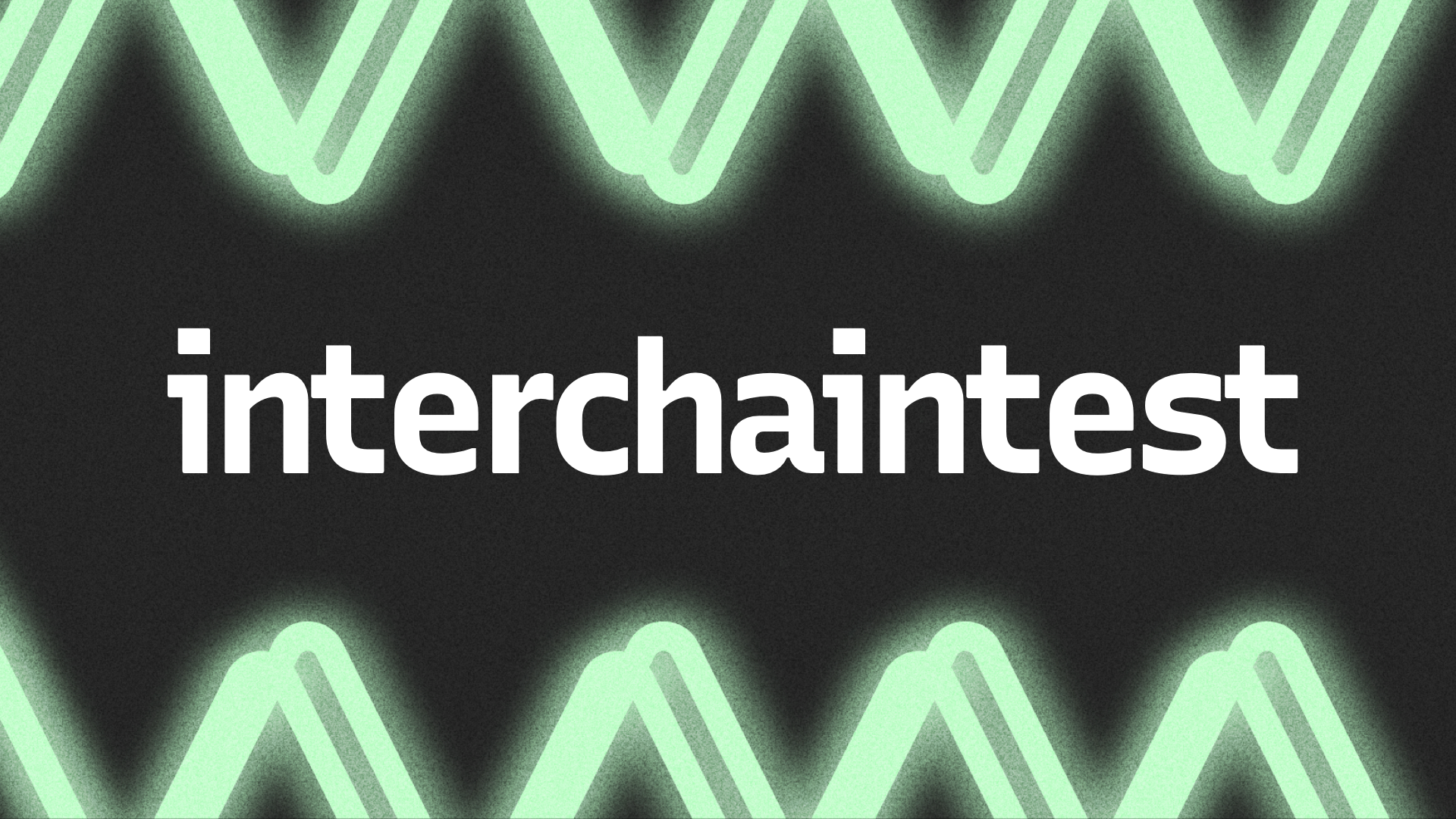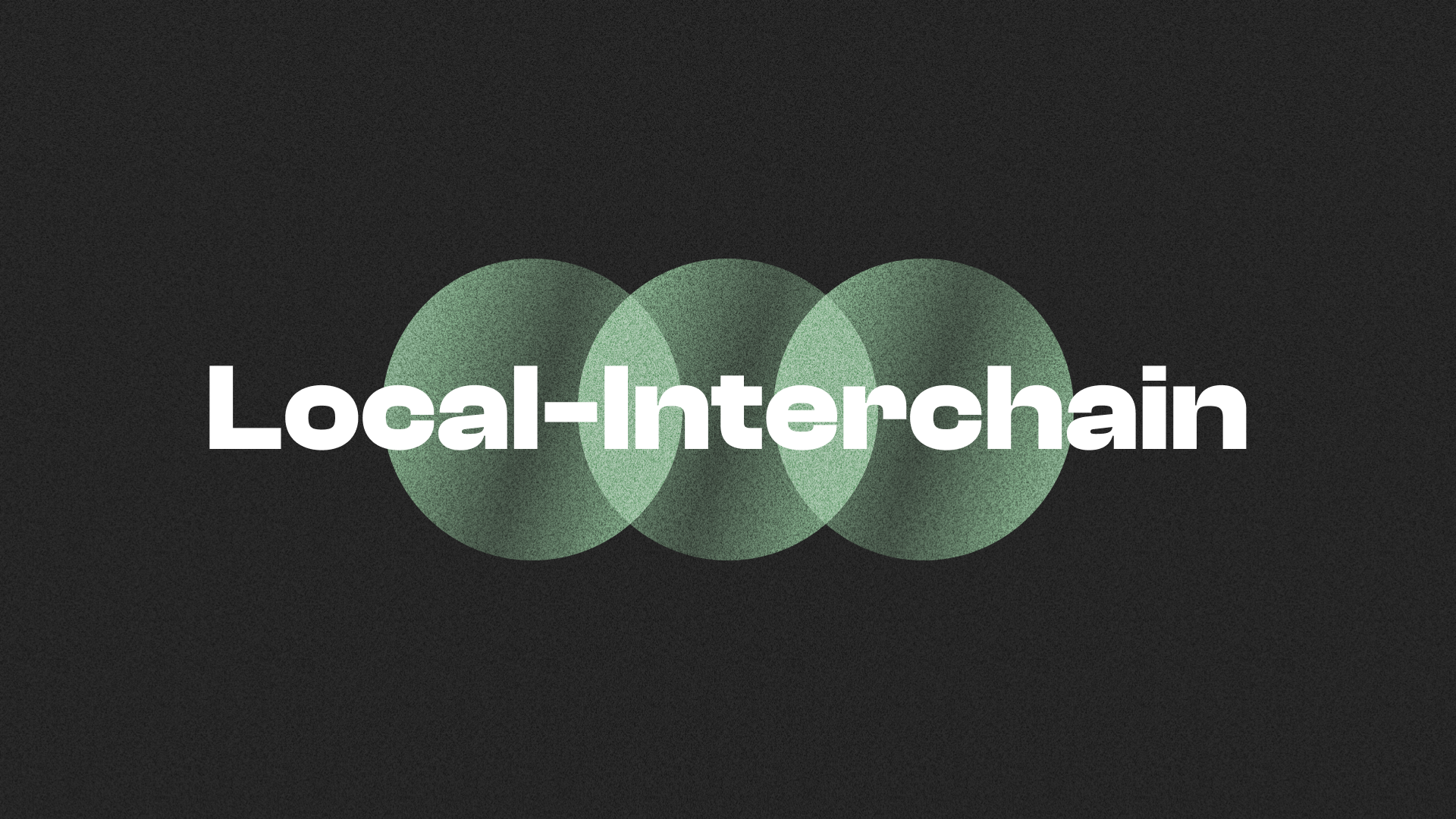Strangelove UX Principles
May 06, 2022
Tyler Schmidt

Now that Strangelove Ventures is growing past a small team of core individuals, we believe that it is important for us to share our beliefs on UX best practices, so more people can understand how we work here at Strangelove in our own words. Our methods are no secret. They are based on years of Design Thinking and Human Centered Design fundamentals. Our rubric is as follows:
Understand the problem
Make Assumptions
Create Designs
Test Designs
Refine and Iterate
Add Visual Fidelity
Test with Intention
Refine and Iterate
It is our belief that great products come from an initial insight that sparks a greater conversation. This is the approach we bring to bear on any user facing work we do. Let’s break down the steps.
Understand the problem
Our first step is gathering all the information available for us to make some assumptions. Understanding the problem involves reviewing all specification documents, doing competitive research, and running through demonstrations of any complimentary technology. Before we aim to change user behaviors, we need to gain an understanding of the landscape. From here we can define a problem statement and the scope of our experience. Success in the design process relies on the collective mind of the design team holding the thread of core problems and core functionality through the project.
Make Assumptions
One of the first steps to putting pen to paper is defining what you know. Who are your target users? What are the core tasks users are going to perform? What does a happy result look like for the end user? Assumptions are a great way to get started with design. We may not believe we know everything about a given experience, but we can assume and validate with testing. For example, we may assume a dropdown list makes sense for a given task. We can then go about building it to make sure we are going in the right direction.
Create Designs
Build what you believe. Once you have a good understanding of the problem, and a few assumptions about the user base and key activities. It is time to move to design. Blocking things out on paper first is always a good idea. Then we move to low fidelity wireframes, which are cheap and easy to make quickly. Working with wireframes is a great practice for validating your assumptions. Mistakes are easy to change, and nobody is mad about throwing away low fidelity wires that didn’t hit the mark. Low fidelity wires can be mind opening for core stakeholders who only have functional requirements in their head and can finally visualize their concerns.
Test Designs
Getting wires into a place where users can react to them is an extremely important part of this process. At the early stage testing is focused on getting feedback into the design process. Usability testing that validates the core actions of the experience is the focus of this phase. We create a specific list of Ccritical Uuser Jjourneys - things people must do to meet basic requirements of the experience. Identifying a target audience is critical at this stage. Healthy conversations should arise that define a specific target for the product. We leverage the snowball effect of recruiting one candidate that can lead us to more candidates. For this initial research about 6 candidates is the sweet spot for testing.
Refine and Iterate on Designs
What was the feedback from the last round of testing? Were the assumptions correct? Is some tweaking needed? This is the phase where we decide how to react to the information gathered in testing. Key discussion topics include what feedback from testing to integrate into the designs. Is a full refactor needed or just a few tweaks? If there is an easier way to lay out a page or improve a flow, this is the time that refinement takes place.
Add Visual Fidelity
After a round of testing has progressed and updates have been made to the UX, we are then ready to increase the visual fidelity of our experience. Moving from greyscale wireframes to actual polished designs happens at this phase. This is where we begin to standardize the component library, key interaction colors and other design tokens. Color use is an important part of the experience’s visual hierarchy, and should not be underestimated. This is also the phase in which the development team begins moving to code. The design documentation is now moving from initial UX to actual MVP production documentation.
Test With a Wider Audience
By the time you add greater visual fidelity, you should be able to start testing Visual Mocks or functional prototypes of the MVP. Here the focus of UX research should change. You should have your core actions well defined at this phase. Work focuses on Interaction Design that reduces the number of steps the user has to take. Critical User Journeys should be solidified at this phase. Qualitative research around how the user feels when interacting with the product becomes more important.
Refine and Iterate
Design is never done. There are always ways to improve on an experience. Take the insights from testing and integrate them into a product roadmap. Get a backlog of improvements in place for after MVP and stick to them. The product begins to mature, and a continued cadence of iteration and testing comes to bear on the experience. Once the product is live, analytics can inform iterations with more confidence.
This is the life cycle of a product, from inception at the problem statement to the creation of an MVP. Strangelove uses this iterative process that has become a standard for product innovation. We use these methodologies to build products that provide more utility to the end user. Because crypto is better when we can all use it.


